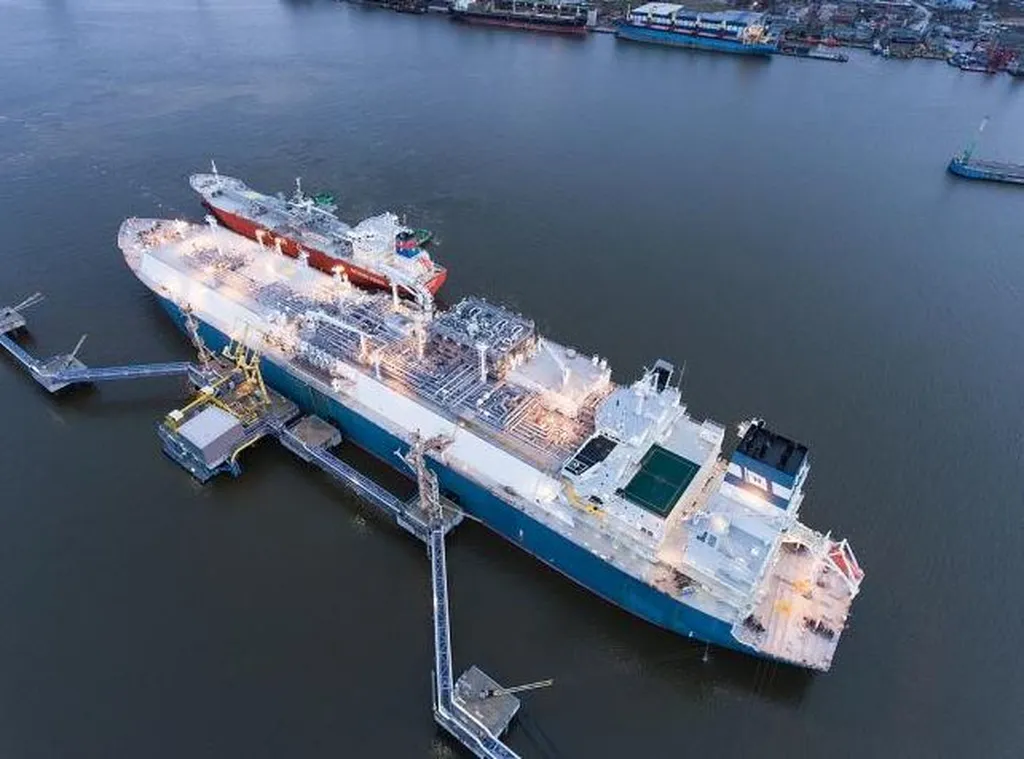In a significant stride towards greening the maritime sector, researchers have unveiled a promising method to slash carbon emissions from Floating Storage and Regasification Units (FSRUs). The study, led by Audrius Malūkas from Klaipeda University’s Faculty of Marine Technologies and Natural Sciences, explores the integration of Cryogenic Carbon Capture (CCC) technology into FSRUs, leveraging the cold potential of Liquefied Natural Gas (LNG) to boost efficiency and cut emissions.
So, what’s the big deal? Well, FSRUs are essentially giant LNG storage and regasification facilities that float on the sea. They’re crucial for delivering LNG to places where pipelines aren’t an option. But here’s the rub: they burn fuel to operate, and that means CO2 emissions. Enter CCC, a technology that uses extreme cold to capture CO2 from exhaust gases, turning it into a solid or liquid that can be stored or used elsewhere.
Malūkas and his team found that integrating CCC into an FSRU’s closed-loop regasification process could lead to a 100% CO2 capture rate. That’s right, zero emissions from the boilers and generators powering the FSRU. Plus, they discovered a potential 22% reduction in fuel consumption. “The energy balance process requires 17.4 MW of combined energy unitisation,” Malūkas explained, highlighting the efficiency gains.
But why should maritime professionals care? For starters, this tech could help FSRUs meet increasingly stringent environmental regulations, like the International Maritime Organization’s (IMO) decarbonization targets. Plus, it could open up new commercial opportunities. Imagine FSRUs that not only deliver LNG but also capture and sell CO2 for industrial use or storage. It’s a win-win for the environment and the bottom line.
The study, published in the Journal of Marine Science and Engineering, also sheds light on the practical challenges of implementing CCC on FSRUs. Malūkas and his team used advanced simulation software to model the integration, providing a roadmap for industry players to follow. They also underscored the need for further research to validate the technology under real-world conditions and explore its scalability.
So, what’s next? Well, the maritime industry is always hungry for innovation, and this study serves up a hearty helping. It’s a call to action for shipowners, operators, and regulators to embrace CCC technology and steer the industry towards a greener future. After all, every ton of CO2 captured is a step towards cleaner seas and a healthier planet.
As the maritime sector navigates the choppy waters of decarbonization, technologies like CCC could be the lighthouse guiding the way. And with pioneers like Malūkas leading the charge, the future of green shipping looks brighter than ever. So, let’s roll up our sleeves, dive in, and make waves in the fight against climate change. The sea is calling, and it’s time to answer.

